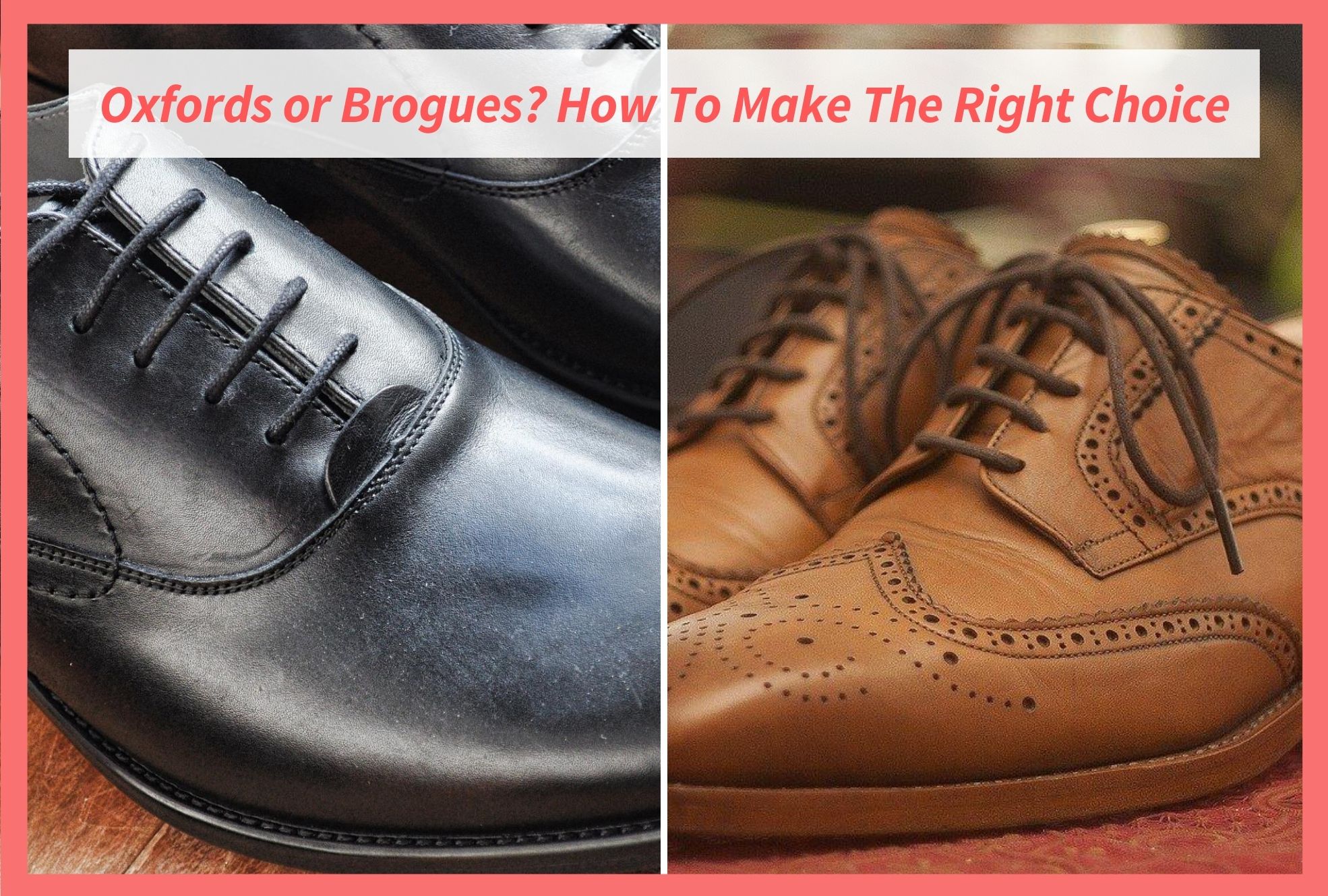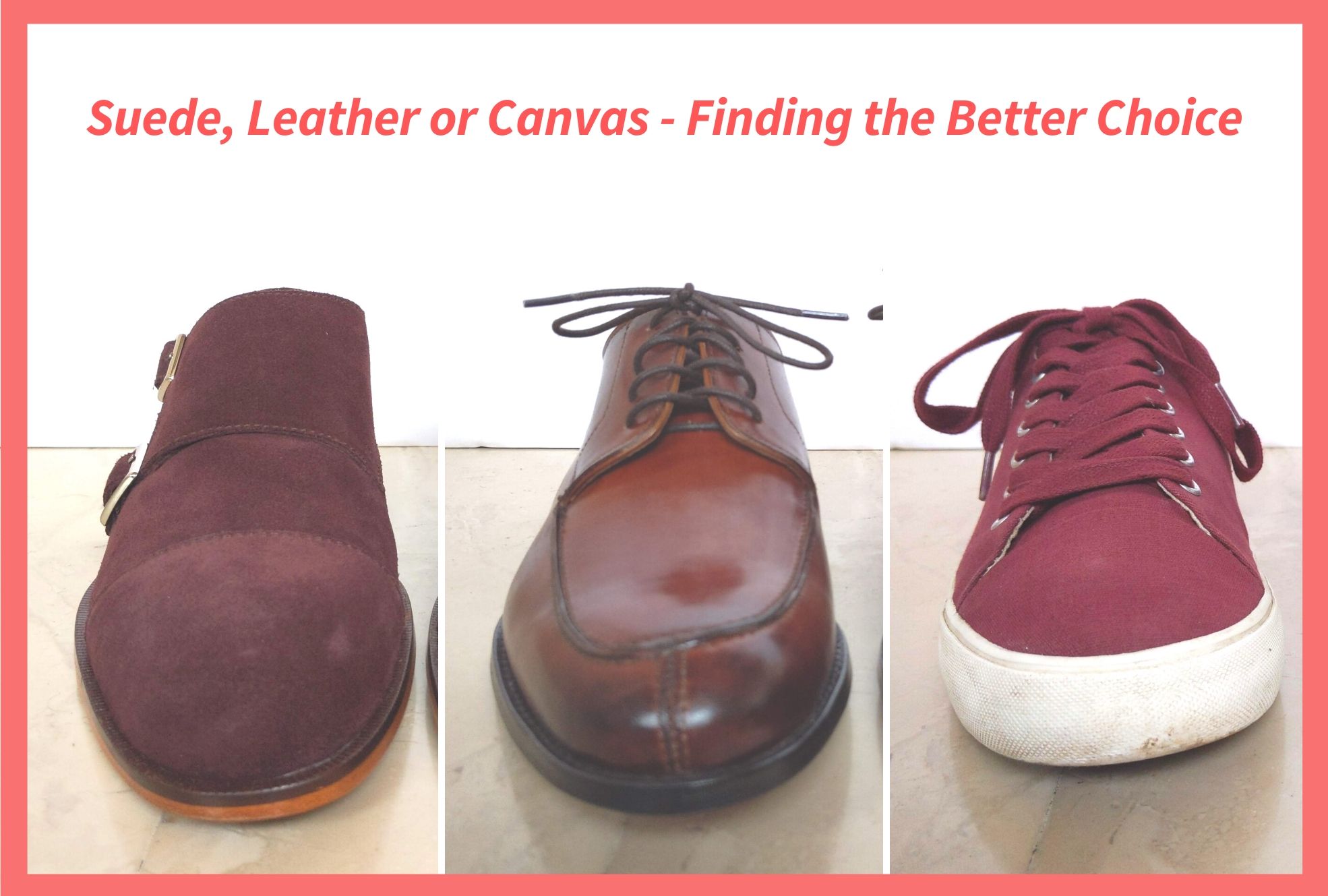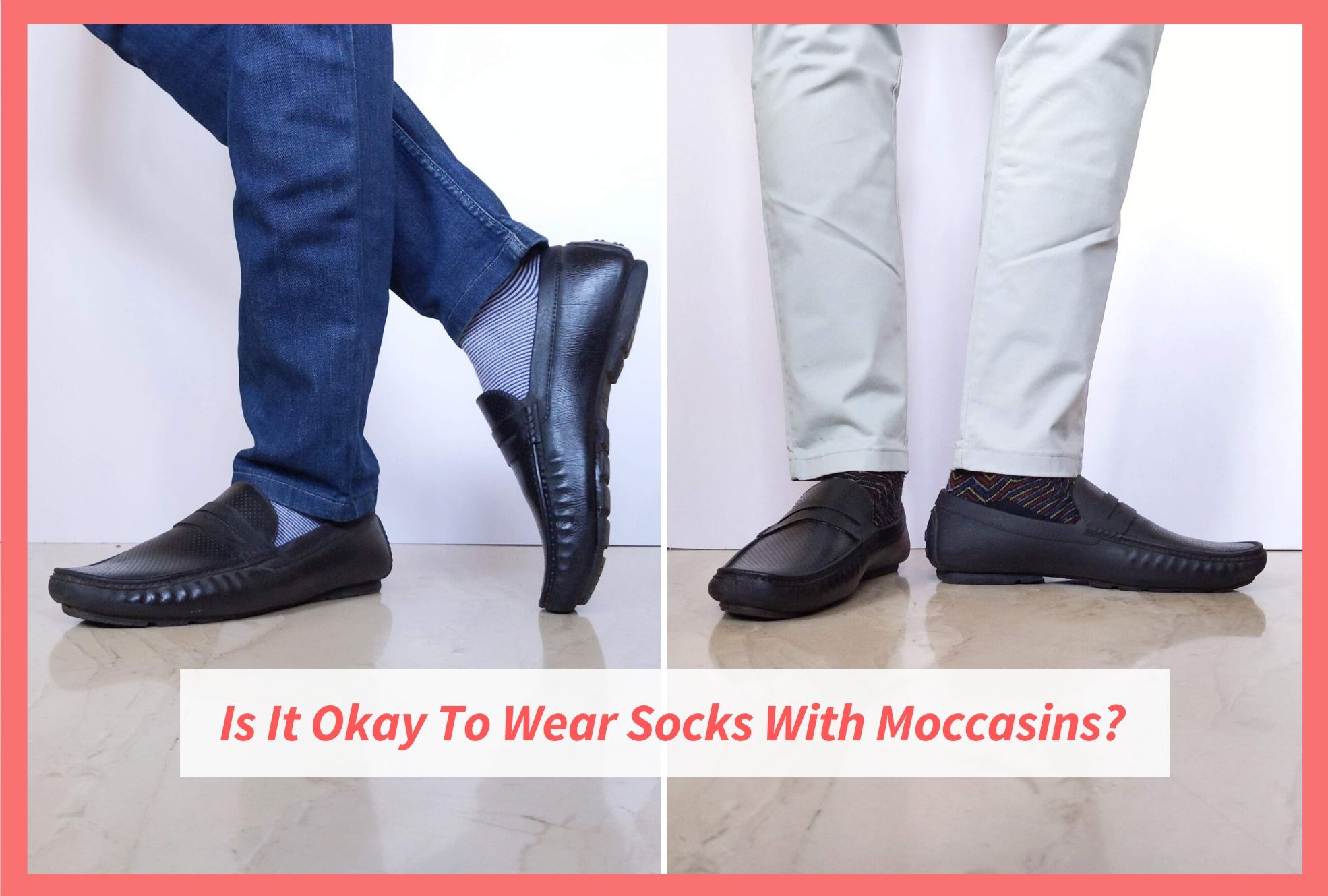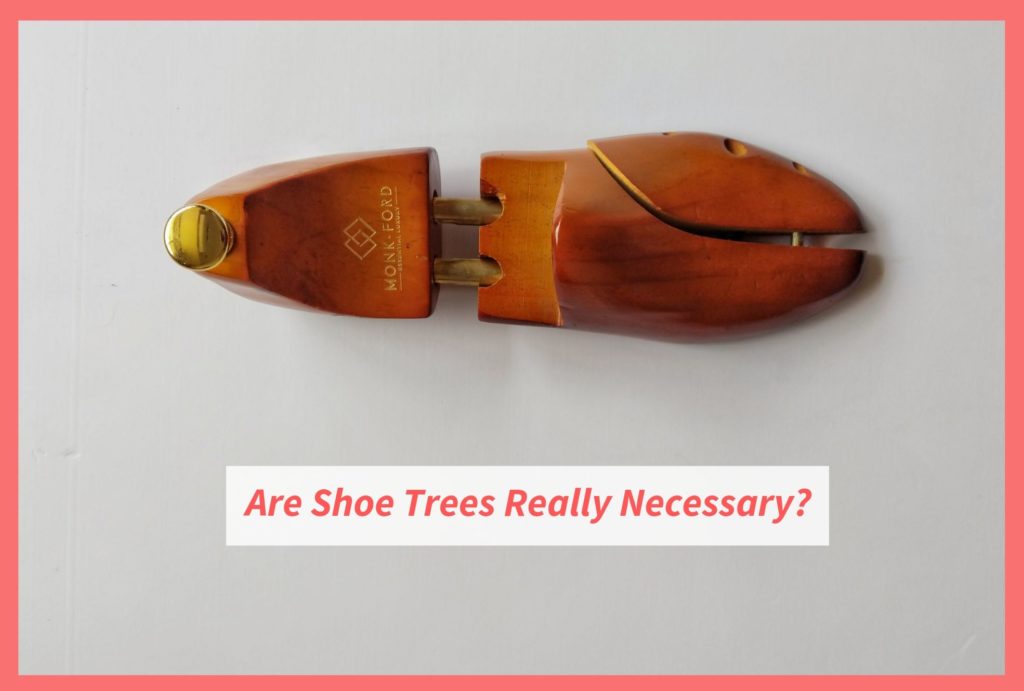
It is one thing to buy a nice pair of leather shoes, quite another to maintain them. Proper shoe care can vastly extend their life, keep them looking good for decades. And while polishing shoes regularly plays an important role in their upkeep, the first step in shoe care is buying and using “shoe trees”
Fancy words? You’ll feel different after reading this article.
But hey! What are these shoe trees?
Shoe trees are pieces of wood (or plastic) that go into your shoes when they are not being worn. They resemble the general shape of a foot, usually with a complete heel and toe piece (although some inexpensive kinds might not have heel support). Cedarwood is considered to be the most superior type of wood for shoe trees; but beech, lime or alderwood are good alternatives. Sometimes plastic is also used: mainly as a travel-friendly, light replacement to wood. Like the shoes, they come in pairs for left and right feet.
But, Are Shoe Trees Really Necessary?
Short answer: YES! They are absolutely necessary to prolong the life and look of your shoes.
Long answer: Read this post and decide for yourself 🙂 It not only states the advantages of shoe trees and the 3 reasons why they’re necessary but also takes you through their various types and tells you the minimum number of shoe trees you should own to keep your shoes in top shape (Can you guess the number?)
3 Reasons Why Shoe Trees Are Necessary
1) Shoe trees help you with the polishing
With respect to shoe-shining, we have it fairly easy in India. Most railway stations have at least one guy with a shoe shine kit willing to polish your shoes for a minor fee. I strongly believe that every man should clean and polish their shoes themselves (it’s an art!), but if you’ve ever paid up to get a quick shine you must’ve noticed that they never ask you to remove the shoe while they’re polishing and buffing. This is because the shoe needs to be stable and in its intended shape during the process, and your feet in them provide that.
The same function is taken care of by shoe trees when you’re shining shoes on your own. Shoe trees are heavy, so they keep the shoe in place and that makes it much easier to work on them
2) Shoe trees absorb that moisture and fight the stink!
Feet sweat. A lot. With approximately 2,50,000 sweat glands in a pair, that is not a surprising fact. But all the moisture combined with the socks and shoes can lead to the odor-causing bacteria thriving, causing stinky feet and shoes. While the degree of odor will vary from person to person, the moisture is definitely bad news for leather and the shoe lining. Wood naturally absorbs moisture, so shoe trees help in preserving the lining while also eliminating the odor.
3) Shoe trees ease out wrinkles and maintain the shape of shoes
The toes of the feet bend during walking, and by extension so do the shoes. It is impossible to not have the shoes crease unless you don’t wear them at all but should be kept in check in order to avoid cracked leather. Shoe trees provide a surface for the leather to rest on and smoothen out the wrinkles or creases that might have showed up during the course of the day. It is recommended to insert these trees immediately after taking off your shoes to help with this – because the wrinkles will be easier to loosen while the shoes are still warm from wearing.
Leather shoes that have not been worn for a long time can shrink and having the trees inside them while not in use them will prevent this and maintain the fit of the shoe.
And that’s my case for shoe trees. Now, if you’re with me on the importance of this beautiful shoe accessory, it will be helpful to know their various types too –
Types of Shoe Trees:
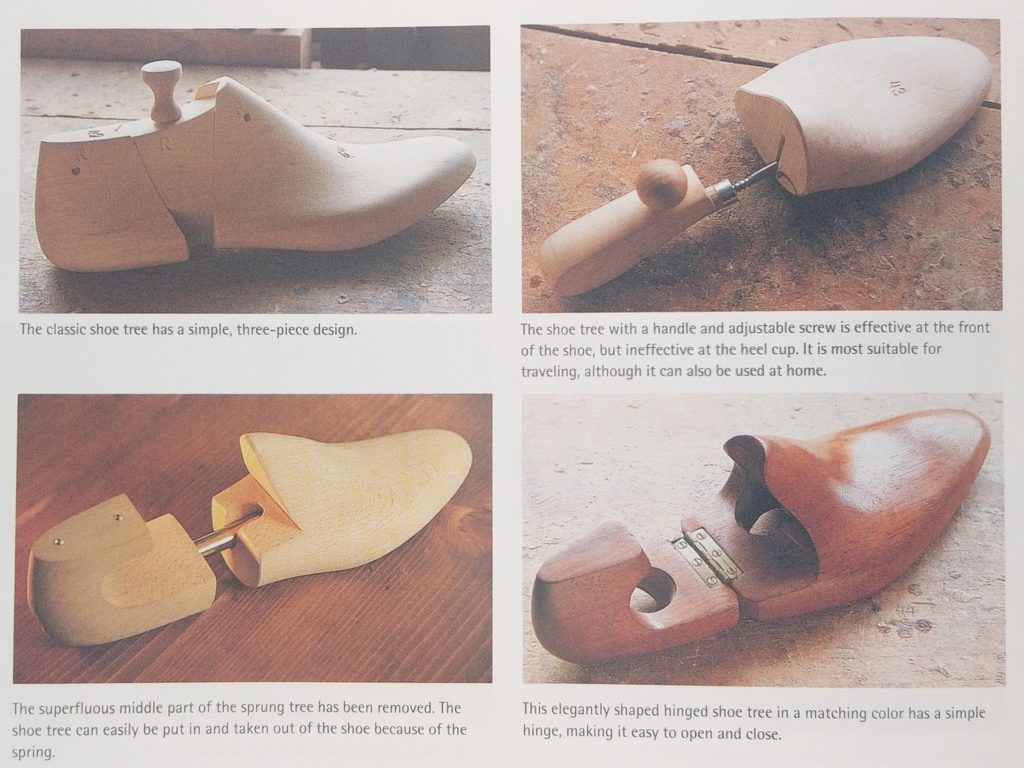
1) Three-piece Shoe Trees (Custom made)
These consists of the separate parts that together form the whole shoe tree – the toe part, heel cup and the center piece. Three pieces shoe trees will be custom made to go with custom made shoes, as they will mimic the last used for the shoe.
While inserting the shoe tree, the toe piece is inserted first, followed by the heel part and finally the center piece fits in the gap in between. These ones should only be used with the shoes they’re made for
2) Sprung Shoe Trees
Sprung shoe trees have the center piece discarded – the front and heel parts are fitted together by means of a small cylindrical pin and a spring.
The lack of this center part makes it easier to slip the shoe tree in and out of the shoe
This is the most commonly used type of shoe trees due to its ease and convenience. They are not as heavy as three piece shoe trees and provide all the same advantages – thereby being the preferred choice of many
3) Hinged Shoe Trees
These shoe trees are a variation of sprung shoe trees – instead of a pin and and spring hinges are used to join the front and heel pieces.
Hinged shoe trees are also very easy to put in and take out of the shoe due to their open-close action. The absence of the pin makes them lighter than sprung shoe trees
4) Shoe Trees with a Handle and Adjustable Screw
With only the front part and an adjustable handle, these are the lightest of all wooden types. They work well for the toe and front of the shoe but are ineffective in the heel region
The light weight makes travel friendly though, and that’s what I’d suggest you use them for.
5) Plastic Shoe Trees
Think of these as the above type, but in plastic. Some are sold with a plastic adjustable handle, while some come with a spring system instead.
Plastic will not provide moisture wicking and odour fighting properties like wood does, and plastic shoe trees will give no support at the heel cup. But they are cheap to buy, and it is still better to use these than not using shoe trees at all
If you choose to go for plastic shoe trees, look for the ones with the handle. Springed plastic shoe trees rest in the heel cup in a weird manner, which always makes me feel that they’d do more harm than good
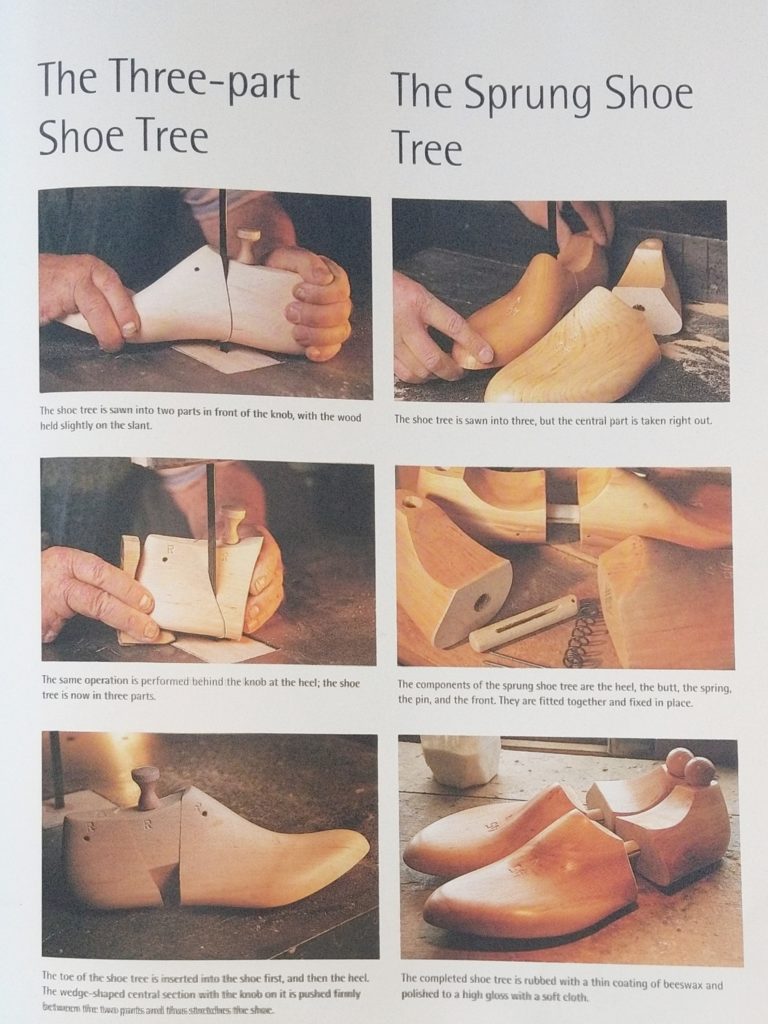
How many shoe trees do I need?
Shoe trees can get expensive, and this additional cost often leads to the question of the number of shoe tree pairs one must buy.
Is it ideal to have a pair of shoe trees for every leather shoe pair? Yes.
Is it necessary? No.
Shoes require at least a day to dry out before they can be worn again, and the best time to use shoe trees is immediately after taking the shoes off. This means that one pair of shoe trees is enough to ensure the general well-being of shoes; it can be rotated amongst the pairs after wear.
If you use two pairs of shoes on the same day then buying another set of shoe trees makes sense.
In general, one or two pairs should serve most men.
If you’re into shoe collecting though (like I am ;)), by all means, work towards having a shoe tree pair for every pair of shoe you own. Those beauties deserve all the care 🙂
Summary:
Shoe Trees are a necessity to ensure that your shoes stay in the best shape and with minimal creases. They also provide the right support while cleaning and polishing shoes, and wooden shoe trees will absorb excess moisture and foul smells.
From three-piece custom made shoe trees to plastic ones, there is a kind of shoe tree for everyone but sprung wooden shoe trees are the most common for daily use. The material they’re made of (or the lack thereof) and consequently its weight will decide if a shoe tree is travel-friendly or not.
Having shoe trees for every shoe pair is the best thing you could do, but it’s okay if you just own one or two shoe trees and rotate them amongst your shoes. The most important time to insert them is immediately after taking your shoes off when the leather is still warm
Do you own shoe trees? If so, how many? Let me know your experience in the comments 🙂


